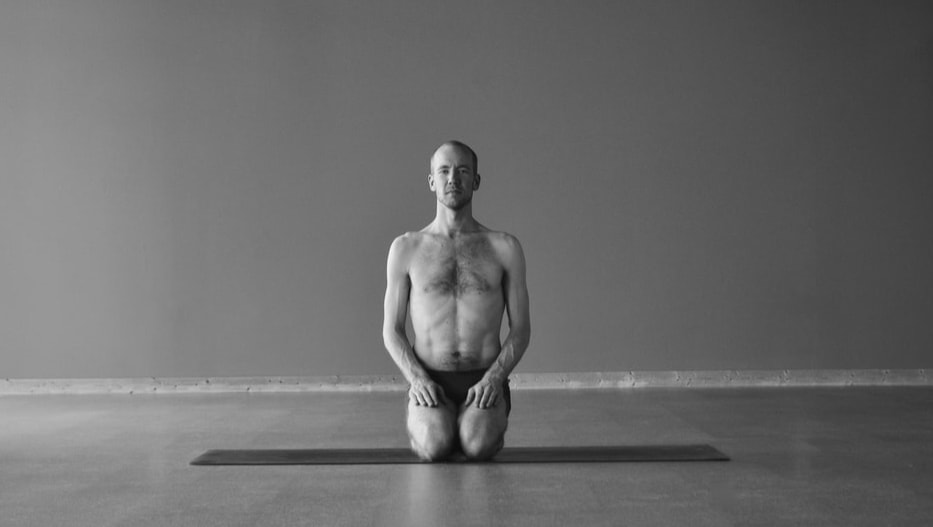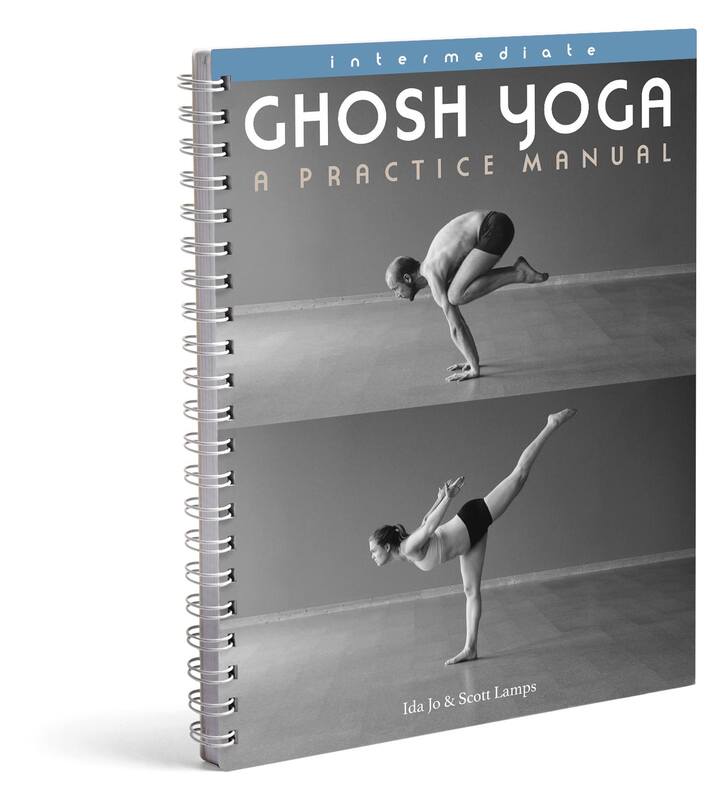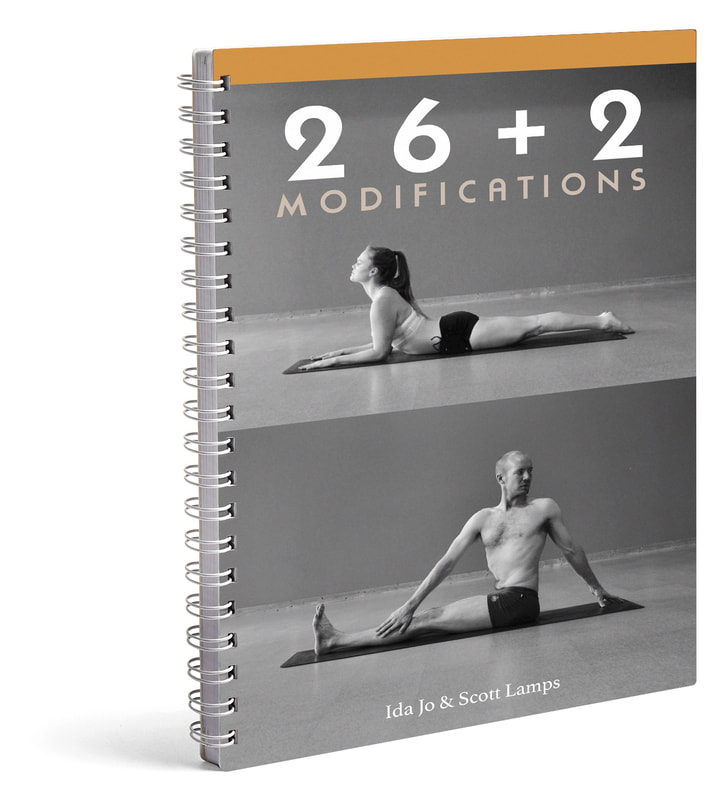|
Kapalabhati is often referenced as a heating breath. This goes back to ideas such as in the Hatha Yoga Pradipika which states, "Rapidly exhale and inhale like the bellows of a blacksmith. This is known as Kapalabhati. It dries up phlegm diseases." (HYP 2.35). Additionally, the practice of Kapalabhati was thought to heat apana, one of the winds of the body. Heating apana was thought to help raise kundalini.
When we practice Kapalabhati, we may feel lightheaded afterward. This is no surprise as "Kapalabhati" means "Shining Skull". Because of the physical effort required to exhale repeatedly, we may also feel warm in our abdominal muscles. Surprisingly however, Kapalabhati is not a heating breath. It is a cooling breath. Kapalabhati activates the parasympathetic nervous system through rapid abdominal breathing. Even though the abdominal muscles might feel fatigued, the effect on the nervous system is calming and cooling. The tingling feeling comes from excessive exhalations. Carbon dioxide is expelled from the body until the blood becomes alkaline and the peripheral nervous system becomes hypersensitive. Yogis of the past thought of this as a "burning" of sorts. Next time you practice Kapalabhati, notice how still you can sit immediately afterward. Pay attention to your nervous system.
0 Comments
Leave a Reply. |
AUTHORSScott & Ida are Yoga Acharyas (Masters of Yoga). They are scholars as well as practitioners of yogic postures, breath control and meditation. They are the head teachers of Ghosh Yoga.
POPULAR- The 113 Postures of Ghosh Yoga
- Make the Hamstrings Strong, Not Long - Understanding Chair Posture - Lock the Knee History - It Doesn't Matter If Your Head Is On Your Knee - Bow Pose (Dhanurasana) - 5 Reasons To Backbend - Origins of Standing Bow - The Traditional Yoga In Bikram's Class - What About the Women?! - Through Bishnu's Eyes - Why Teaching Is Not a Personal Practice Categories
All
Archives
April 2024
|







 RSS Feed
RSS Feed